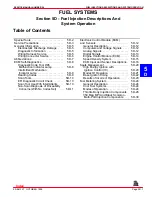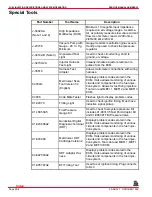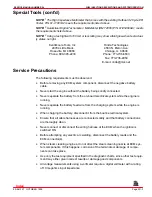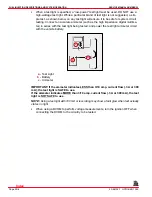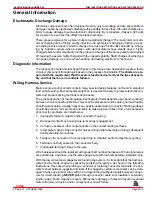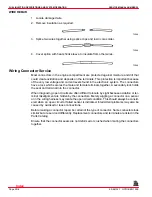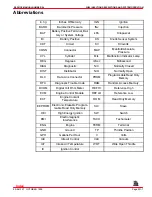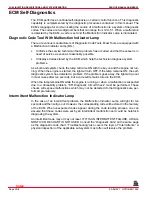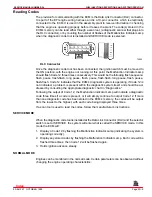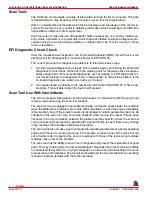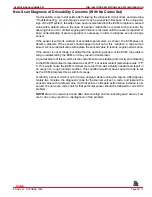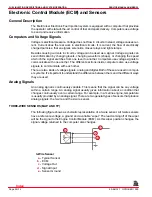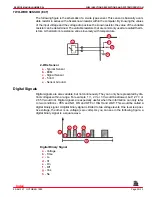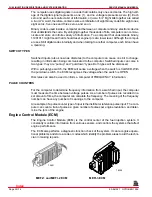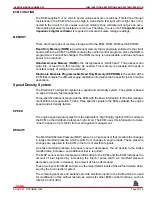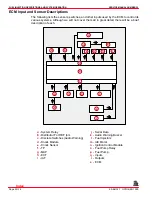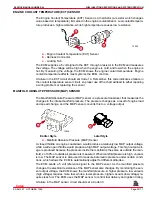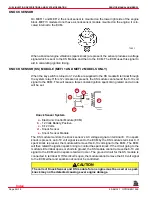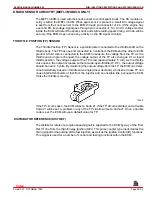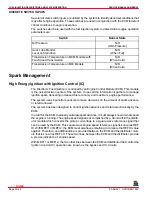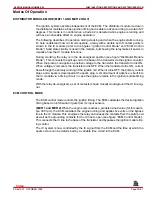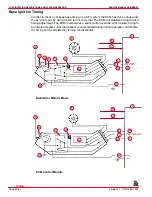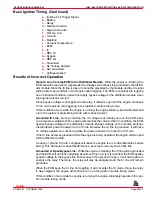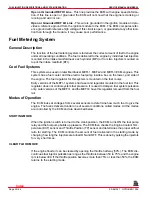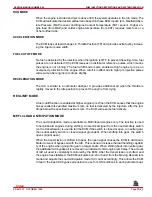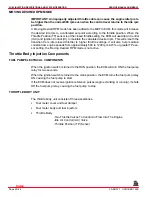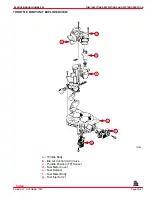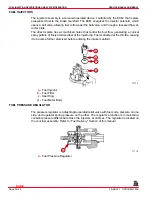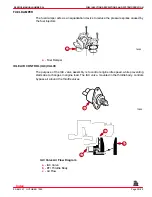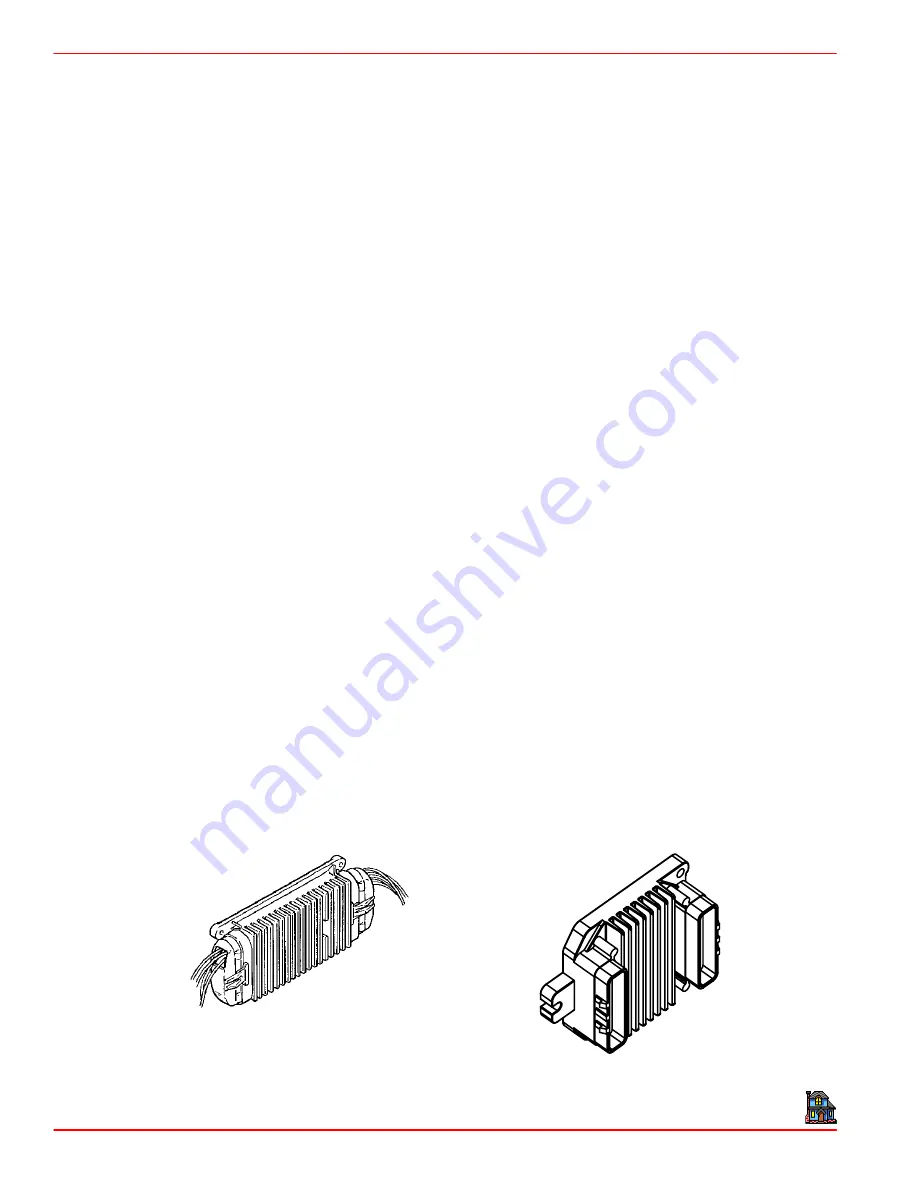
FUEL INJECTION DESCRIPTIONS AND SYSTEM OPERATION
SERVICE MANUAL NUMBER 24
Page 5D-14
90-861327 OCTOBER 1999
The computer uses digital signals in a code that contains only ones and zeros. The high volt-
age of the digital signal represents a one (1), and no voltage represents a zero (0). Each
zero and each one is called a bit of information, or just a “bit.” Eight bits together are called
a “word.” A word, therefore, contains some combination of eight binary code bits: eight ones,
eight zeros, five ones and three zeros, and so on.
Binary code is used inside a computer and between a computer and any electronic device
that understands the code. By stringing together thousands of bits, computers can commu-
nicate and store an infinite variety of information. To a computer that understands binary,
11001011 might mean that it should reset engine rpm at a lower level. Although the comput-
er uses 8-bit digital codes internally and when talking to another computer, each bit can have
a meaning.
SWITCH TYPES
Switched inputs (also known as discretes) to the computer can cause one bit to change,
resulting in information being communicated to the computer. Switched inputs can come in
two types: they are “pull-up” and “pull-down” types. Both types will be discussed.
With a pull-up type switch, the ECM will sense a voltage when the switch is CLOSED. With
the pull-down switch, the ECM recognizes the voltage when the switch is OPEN.
Discretes can also be used to inform a computer of FREQUENCY information.
PULSE COUNTERS
For the computer to determine frequency information from a switched input, the computer
must measure the time between voltage pulses. As a number of pulses are recorded in a
set amount of time, the computer can calculate the frequency. The meaning of the frequency
number can have any number of meanings to the computer.
An example of a pulse counter type of input is the distributor reference pulse input. The com-
puter can count a train of pulses, a given number of pulses per engine revolution, and deter-
mine the rpm of the engine.
Engine Control Module (ECM)
The Engine Control Module (ECM) is the control center of the fuel injection system. It
constantly monitors information from various sensors, and controls the systems that affect
engine performance.
The ECM also performs a diagnostic function check of the system. It can recognize opera-
tional problems and store a code or codes which identify the problem areas to aid the techni-
cian in making repairs.
72801
76358
MEFI-1 and MEFI-2 ECM
MEFI-3 ECM
Index


